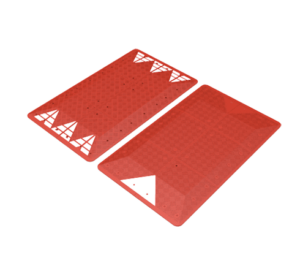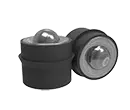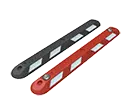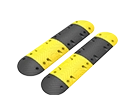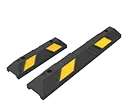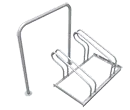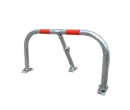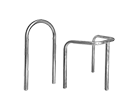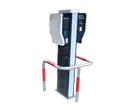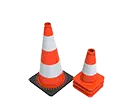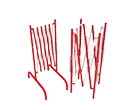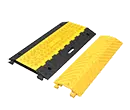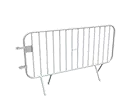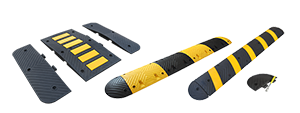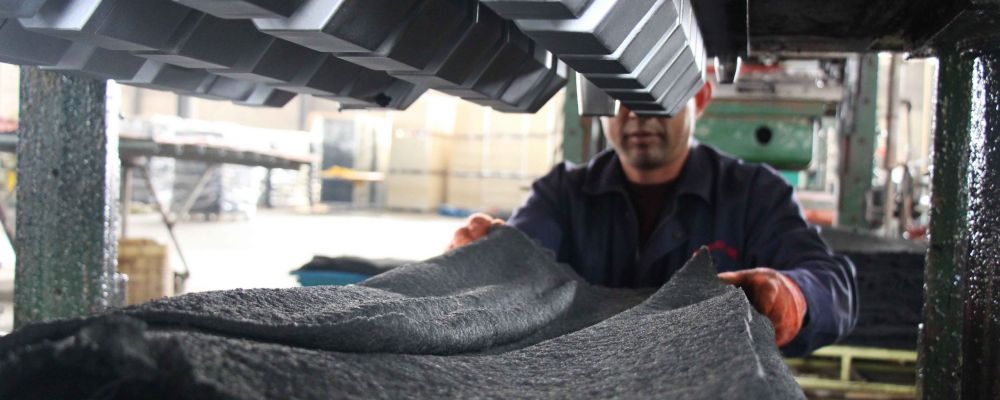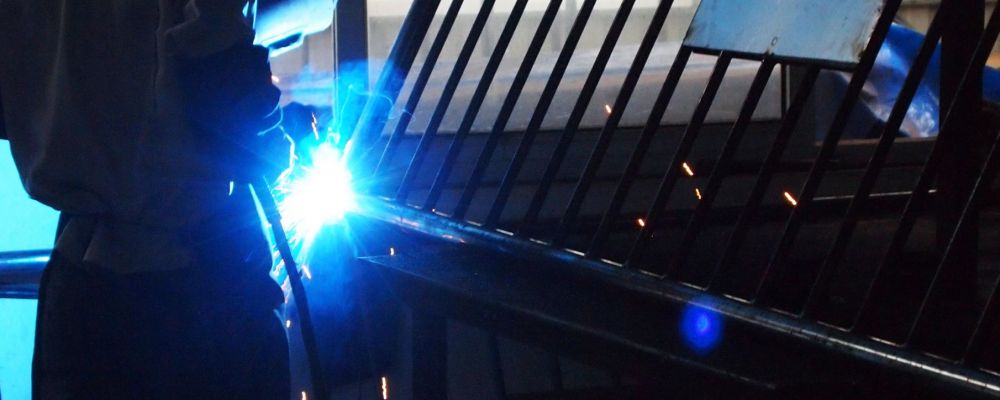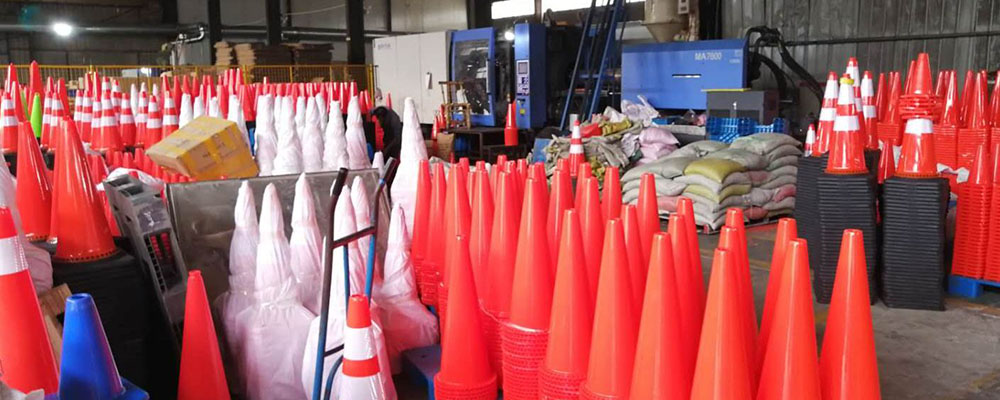Get to know speed bumps in different countries!
Traffic calming measures such as speed bumps and traffic cones are present in almost every country to help pedestrians. They’re present in different shapes, sizes, and types and are called various names in other parts of the United Kingdom.
The design and the clear signs for speed intersections in different countries are also different in reducing vehicle collisions. To know more, feel free to check speed bump standards and regulations!
However, the fundamental role of speed bumps is to slow down the traffic flow, improve speed control and improve traffic safety both in residential and commercial areas of the UK.
Furthermore, considering the accessibility, purchase, installation, or maintenance regulations of speed bumps in the road, you’ll find it different from state to state in the UK. People belonging to different regions call speed bumps by different names.
Let’s explore the following guide to learn more about speed bumps in different countries. We also have an article talking about everything about speed bumps.
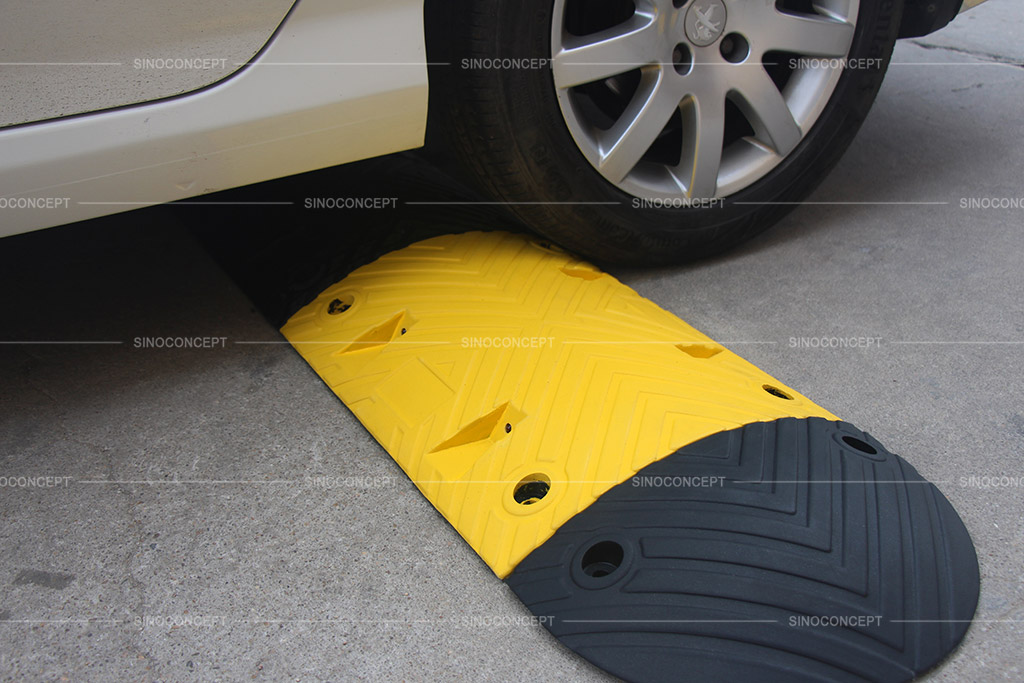

6 facts about speed bumps in the UK
In the United Kingdom, speed bumps are always considered the primary measures to inhibit the speed of vehicles on public and private roads. They’re built up in areas where there are public localities or school zones nearby.
That’s why the arguments for removing the installation of speed bumps remain the same among the municipal committees.
Different speed bumps come with different properties for several localities in the United Kingdom. Some common facts about speed bumps include:
- In different parts of the UK, speed bumps are called by different names
- Different materials are used in the construction of the speed bumps
- Concrete and rubber speed bumps are known to last longer than other speed restrictions
- Rubber speed bumps are easy to install on the roads since they can be removed later
- Speed tables and speed cushions reduce the speed of emergency vehicles up to 5mph
- The main areas for the installation of the speed bumps include parking lots, private roads, and crosswalks

Discover speed bumps regulations in Canada!
The Federal Highway Administration and the authorities concerned have issued the following laws regarding speed bumps mainly used in Canada:
- Urban areas with high populations should contain speed bumps, speed signs, traffic signals, signs, and parking signs along with corners and closed drainages
- Speed bumps in Canada should be installed on the roadway where the speed limit is about 120km/h
- The municipal authorities and traffic-engineering departments are required to evaluate the merit of installation for the speed bumps
- The authorities concerned are required to consider the speed limit, traffic volumes, collisions, proximity of the schools, and lack of sidewalks while installing speed bumps and regulatory signs to calm traffic
- The height of the speed bumps from the surface of the road should be about 80 millimetres
- The speed bumps should be installed in the areas that are equipped with streetlights
- The largest speed bump should not exceed 6 inches in height in the street parking
- Speed bumps should be installed on the arterial roads and traffic lanes which are equipped with public transit, emergency vehicles, trucks, and other traffic

Explore speed bumps regulations in Australia & New Zealand!
The transportation department is responsible for assigning the speed limit sign in ordinance with the Federal Highway Administration. The spaced speed bumps and traffic control signs are supposed to follow specific Australian and New Zealand regulations.
In these states, the Road Traffic Acts are issued to set the rules to initiate a better operation of the calming traffic measures.
The governments of Australia and New Zealand make sure to implement the laws and regulations for installing pavement markings through police enforcement.
The transportation engineers and authorities concerned assign particular speed limit signs in the areas where two-way road signs are installed.
The general regulations of speed bumps in ordinances to the municipalities and government standards are discussed in the following parts.

Australian regulations for speed bumps
The Australian government and the Department of Transportation issue the following laws and regulations for the operation and installation of speed bumps:
- The placement of the speed bumps should comply with the Australian Standards
- The regulation for the design and use of speed bumps is related to the AS2890.1:2004 parking facilities
- The road bumps with the road signs are not supposed to impede pedestrian or wheelchair traffic
- The accessible path beside the speed bumps should be 1m wide
- The length of the speed bumps should not exceed 10m

Speed bump regulations in New Zealand
The New Zealand government gives the following laws for the emergency response with the speed breakers:
- The speed breakers should be installed where the speed limit ranges from 20km/h to 30km/h
- The minimum height of the speed restrictions should be 0.12m
- The spacing between the speed breakers and crosswalks should be 20 in the areas where the speed limit is 25km/h
- The speed bump spacing between the crossing signs should be 50 in the areas where the speed limit is 35km/h
- The speed bump with a length of 3.7m should be installed in a circular profile of 100mm
- The 12-foot speed bump should be built with a parabolic profile having a maximum height of about 3 inches
How to say speed bump in different languages?
Languages primarily don’t define the basic concept of the word. The same case is with the word “speed bumps.” In many states of the UK, there’s a long list of languages people use to speak.
Speed bumps in all these states are called by different names, but these traffic-control devices’ properties and functions are similar.
The primary reason for using the sidewalk or roundabout speed bumps is to improve pedestrian safety and to increase convenience for motorists and bicyclists. They also reduce acceleration and allow the vehicles to pass through the slow zone.
The municipalities and transportation engineers in different states of the UK call speed bumps by other names. The below section has some familiar names for speed bumps in different languages.
- French: Ralentisseurs
- Italian: Dossi di velocità
- Japanese: スピードバンプ
- Chinese: 减速带
- German: Geschwindigkeitsbegrenzungen
- Latin: celeritas Bumps
- Swedish: Fartgupp
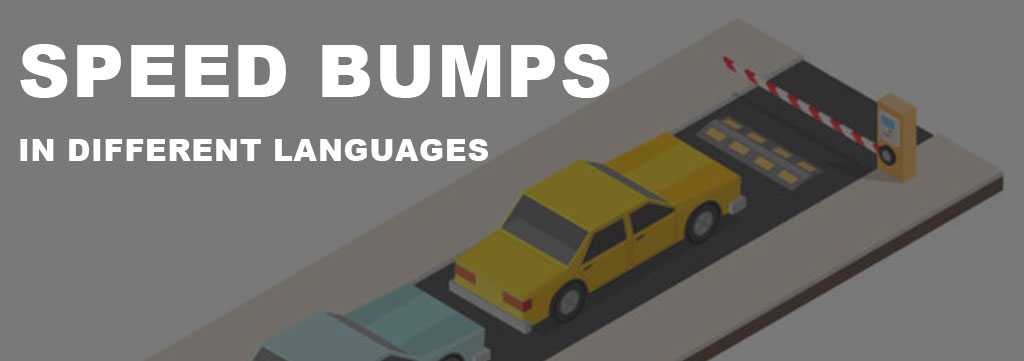
Conclusion
Every country has its regulations and standards that comply with the use of speed bumps in every state.
Speed bumps in the road seem like a basic necessity to improve the traffic volume on busy streets and highways. Speed reduction is also considered another plus point for installing speed bumps in different states of the UK.
The above guide contains information about the names, laws, regulations, uses, and interesting facts about speed bumps in the different corners of the world.
Don’t hesitate to ask your manufacturer or direct supplier for any further information you may need about speed bumps. For example, we at Sino Concept can give you recommendations on the regulations in your country.
However, the names or the regulations of the speed bumps in different countries don’t change the use or the purpose of these speed restrictions.
To learn more, we advise you to refer to the following pages:

